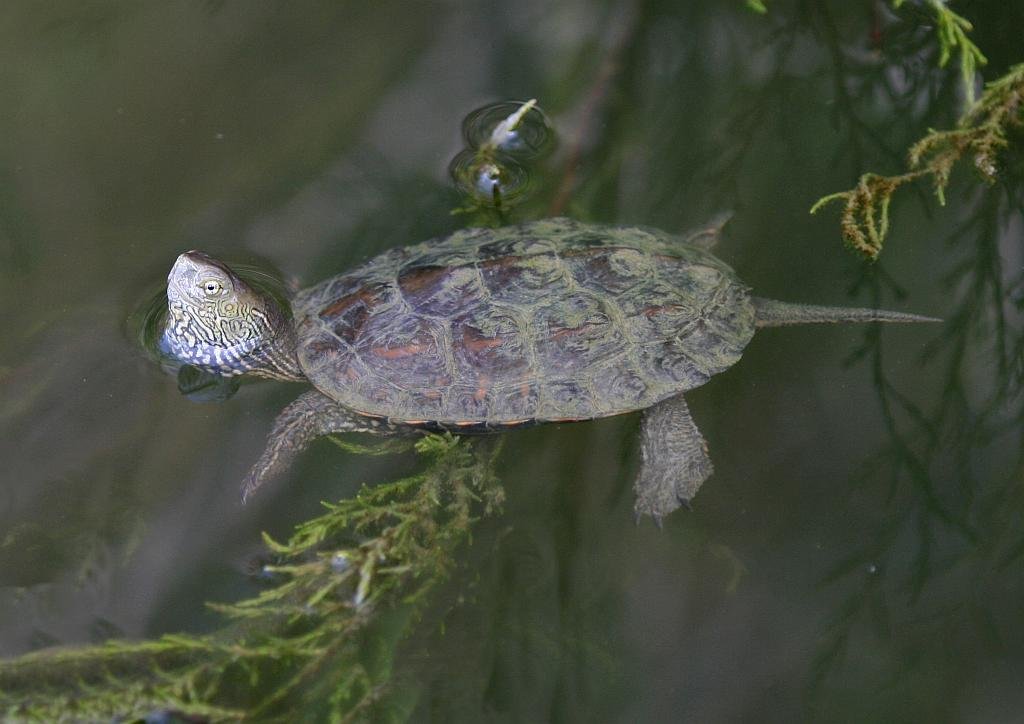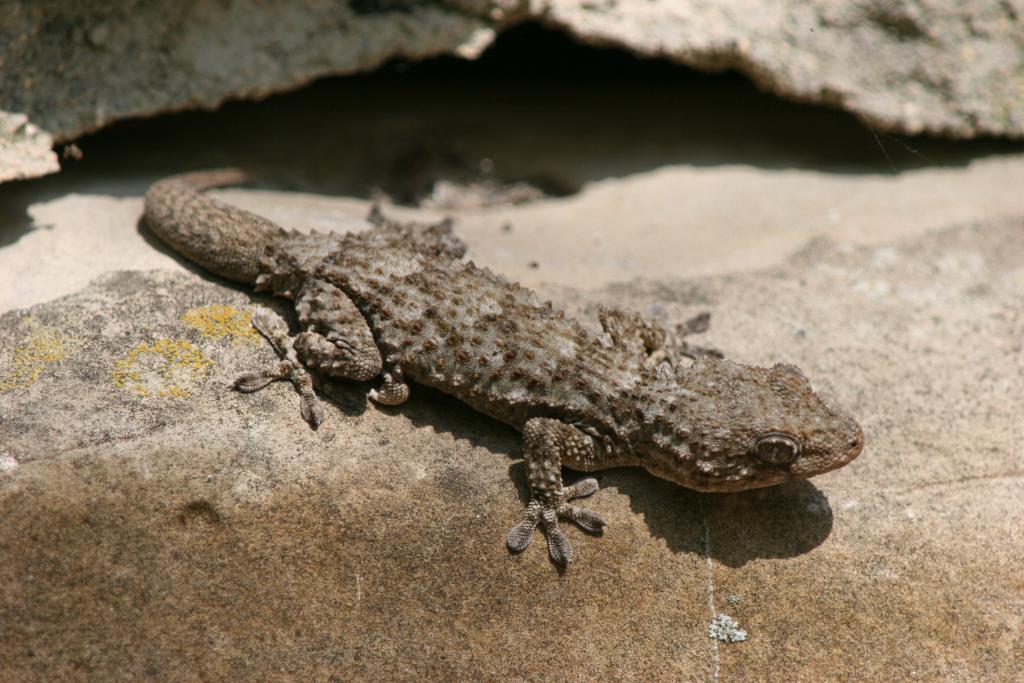Bedriaga’s skink
Spanish: Eslizón Ibérico Scientific: Chalcides bedriagai English: Bedriagas Skink French: Scinque iberique German: Iberische Walzenskink Italian: Lo scinco di bedriaga Portuguese: Cobra-de-pernas-pentadáctila Description Bedriaga’s skink, a small reptile with four visible limbs, although very short (almost atrophied) with 5 digits to each. To move quickly, it holds its limbs against its body and moves like … Read more



